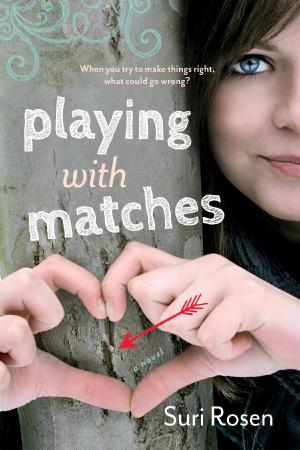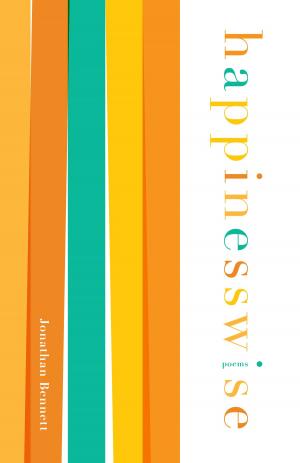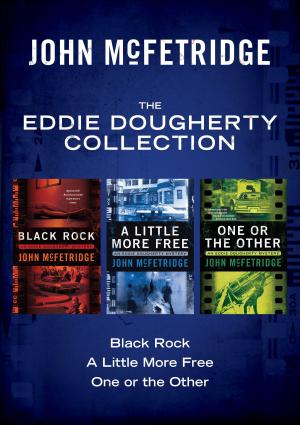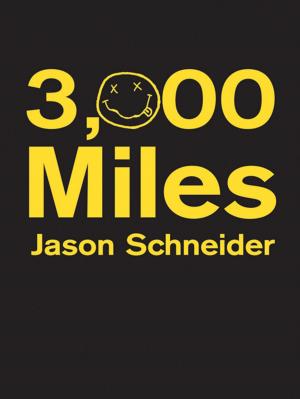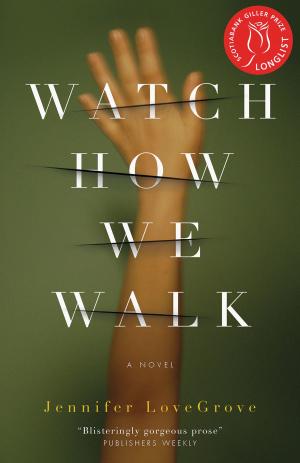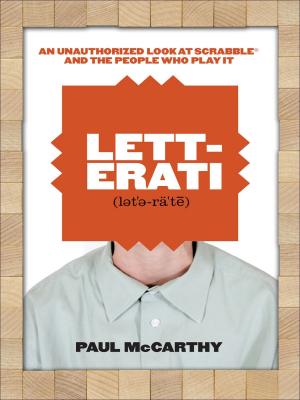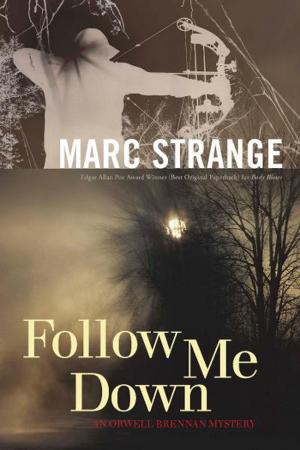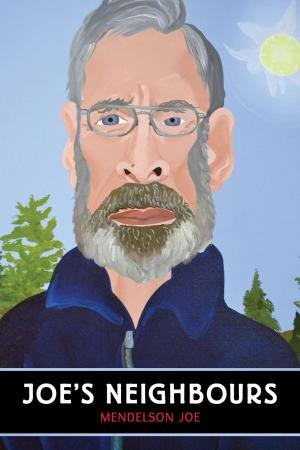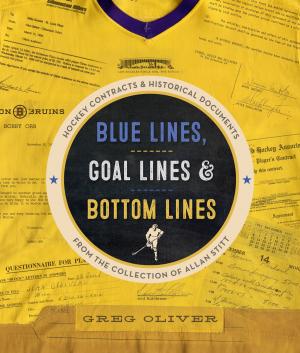Eat the Beetles!
An Exploration into Our Conflicted Relationship with Insects
Nonfiction, Social & Cultural Studies, Social Science| Author: | David Waltner-Toews | ISBN: | 9781773050355 |
| Publisher: | ECW Press | Publication: | May 9, 2017 |
| Imprint: | ECW Press | Language: | English |
| Author: | David Waltner-Toews |
| ISBN: | 9781773050355 |
| Publisher: | ECW Press |
| Publication: | May 9, 2017 |
| Imprint: | ECW Press |
| Language: | English |
Will eating insects change the world for the better?
Meet the beetles: there are millions and millions of them and many fewer of the rest of us — mammals, birds, and reptiles. Since before recorded history, humans have eaten insects. While many get squeamish at the idea, entomophagy — people eating insects — is a possible way to ensure a sustainable and secure food supply for the eight billion of us on the planet.
Once seen as the great enemy of human civilization, destroying our crops and spreading plagues, we now see insects as marvellous pollinators of our food crops and a potential source of commercial food supply. From upscale restaurants where black ants garnish raw salmon to grubs as pub snacks in Paris and Tokyo, from backyard cricket farming to high-tech businesses, Eat the Beetles! weaves these cultural, ecological, and evolutionary narratives to provide an accessible and humorous exploration of entomophagy.
Will eating insects change the world for the better?
Meet the beetles: there are millions and millions of them and many fewer of the rest of us — mammals, birds, and reptiles. Since before recorded history, humans have eaten insects. While many get squeamish at the idea, entomophagy — people eating insects — is a possible way to ensure a sustainable and secure food supply for the eight billion of us on the planet.
Once seen as the great enemy of human civilization, destroying our crops and spreading plagues, we now see insects as marvellous pollinators of our food crops and a potential source of commercial food supply. From upscale restaurants where black ants garnish raw salmon to grubs as pub snacks in Paris and Tokyo, from backyard cricket farming to high-tech businesses, Eat the Beetles! weaves these cultural, ecological, and evolutionary narratives to provide an accessible and humorous exploration of entomophagy.



